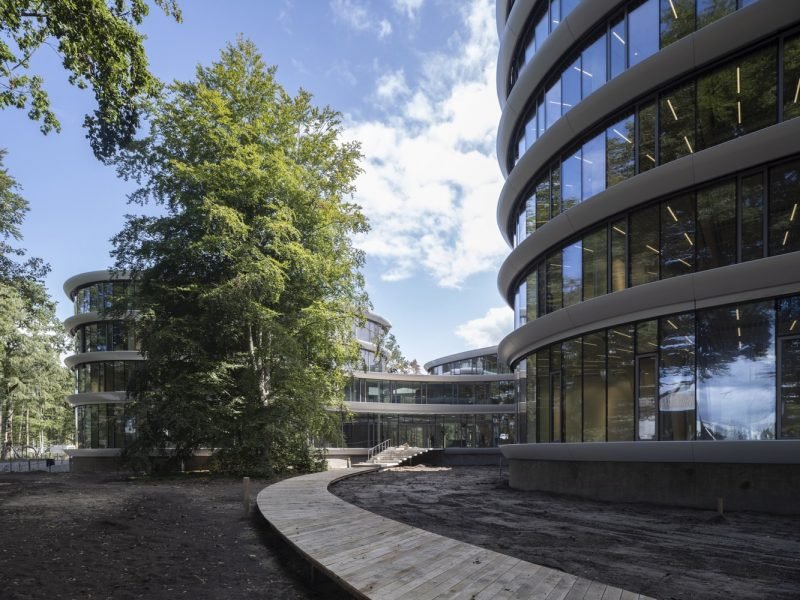What To Do With An Unfinished City In The Desert?

This is the first time that we react on the news of the day. But with the unexpected and rather predictable collapse of the Dubai bubble we have to. Suddenly we’ve to enlarge our field of interest as standard-bearers of temporary and flexible cities. As a consequence of Dubai’s fall, a both sad and interesting new spatial phenomenon will emerge: the unfinished city. Left because of economic hubris. What will happen with Dubai? Will Dubai become a ruin or a ghost town, now its fundamental reason of existence disappears? Dubai’s pumping heart has stopped, and its blood will slowly flow away. Investors will leave the city, unemployment will rise, and, finally, people start to move out. The collective real estate investment project has come to an end. I’m not the one here to explain how this all could have happened, but to address the first question that comes to my mind: what to do with an unfinished mega-city in the desert?

The first intervention after this crisis will be a focus on saving institutions and networks of banks, investors and pensions. The collective effort will be focused on securing money that tends to disappear, but nobody focuses on the inventory of this bankruptcy, Dubai itself. For us as a design and research office for flexible and temporary cities (Golfstromen), this is the biggest issue one can think of. Soon, Dubai could be dealing with an entire mega-city full of vacant spaces, all waiting for solutions or perhaps for a profound strategy. The temporary space business might come up with answers to these questions. But assignments of this proportion have never been addressed to the relatively moderate business of the temporary space offices in the world. Suddenly our field of practice has become huge and immensely relevant. Our job has been scaled up today. This means we certainly have to come up with other concepts when talking about temporary spaces. We can’t propose a Dubai loaded only with cool clubs, temporary hotels, indoor camp sites and skate halls. Any other ideas here?
I’d like to come back on the initial argument of this blog: the flexible city. Wouldn’t it have been great now, if Dubai was built in a flexible way? Imagine Dubai was constructed as a modular city made out of removable units floating in the sea, or reconstructable buildings. The whole Palm Tree island could have been bought by Shanghai for instance, the islands representing ‘the world’ could have been sold in a world wide auction, to be used to relief urban pressure elsewhere. The indoor skiing-hall could have been plugged in Abu Dhabi. Here in Amsterdam we would have been interested to buy that rotating tower for a good price, to finally have a real city icon. Altogether, billions of investments that seem to be lost now, could have been saved. And a whole city could have been transformed to reasonable proportions. Here I would like to plead again for flexible cities. Not only as a gimmick on a small private scale, but as a fundamental direction of new urban development. There’s no reason anymore to make cities static and bound to a certain place. Dubai proves that fixed investments aren’t very sustainable. Let’s wake up and admit that the world changes faster than ever. We just can not afford cities that are not adaptable to change.



